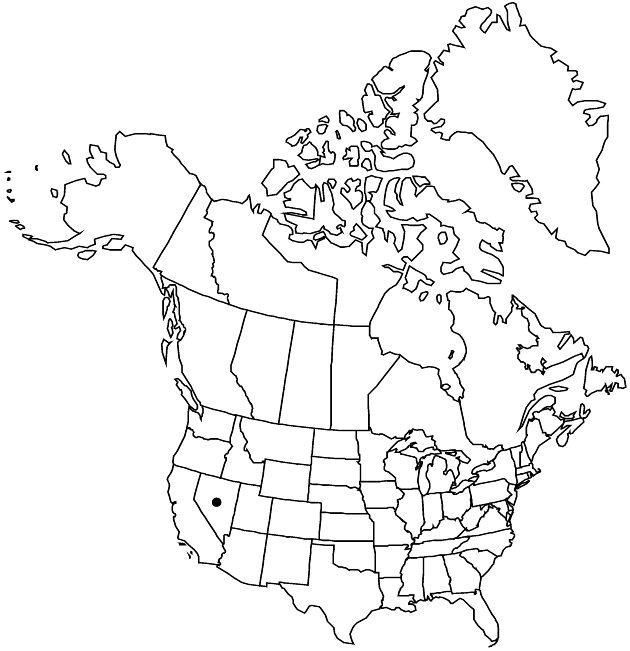Difference between revisions of "Cirsium eatonii var. viperinum"
Sida 21: 212. 2004.
FNA>Volume Importer |
imported>Volume Importer |
||
| (5 intermediate revisions by 2 users not shown) | |||
| Line 33: | Line 33: | ||
-->{{#Taxon: | -->{{#Taxon: | ||
name=Cirsium eatonii var. viperinum | name=Cirsium eatonii var. viperinum | ||
| − | |||
|authority=D. J. Keil | |authority=D. J. Keil | ||
|rank=variety | |rank=variety | ||
| Line 48: | Line 47: | ||
|publication year=2004 | |publication year=2004 | ||
|special status= | |special status= | ||
| − | |source xml=https:// | + | |source xml=https://bitbucket.org/aafc-mbb/fna-data-curation/src/2e0870ddd59836b60bcf96646a41e87ea5a5943a/coarse_grained_fna_xml/V19-20-21/V19_143.xml |
|tribe=Asteraceae tribe Cardueae | |tribe=Asteraceae tribe Cardueae | ||
|genus=Cirsium | |genus=Cirsium | ||
Latest revision as of 19:48, 5 November 2020
Stems erect or ascending, 25–40 cm. Leaf faces glabrous or nearly so. Heads 1–5, subsessile or short-pedunculate, in erect, racemiform or corymbiform arrays. Involucres 3–5 cm, thinly arachnoid with non-septate trichomes, individual phyllaries evident. Phyllaries green or purplish-tinged; outer with numerous lateral spines; apical spines stout. Corollas lavender to purple, 29–35 mm, tubes 9–12.5 mm, throats 9–12 mm, lobes 9–11 mm. Pappi 20–25 mm.
Phenology: Flowering summer (Jul–Sep).
Habitat: Rocky subalpine slopes, open bristlecone pine forests
Elevation: 3300–3500 m
Discussion
Variety viperinum is apparently endemic to upper elevations of the Snake Range of White Pine County, Nevada. Heads of var. viperinum are similar in size to those of var. clokeyi. These taxa can be distinguished readily by the features in the key. Ranges of the two varieties are separated by about 340 km. Hybridization with Cirsium inamoenum is suspected based upon apparently intermediate specimens.
Selected References
None.
